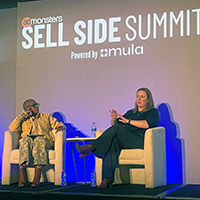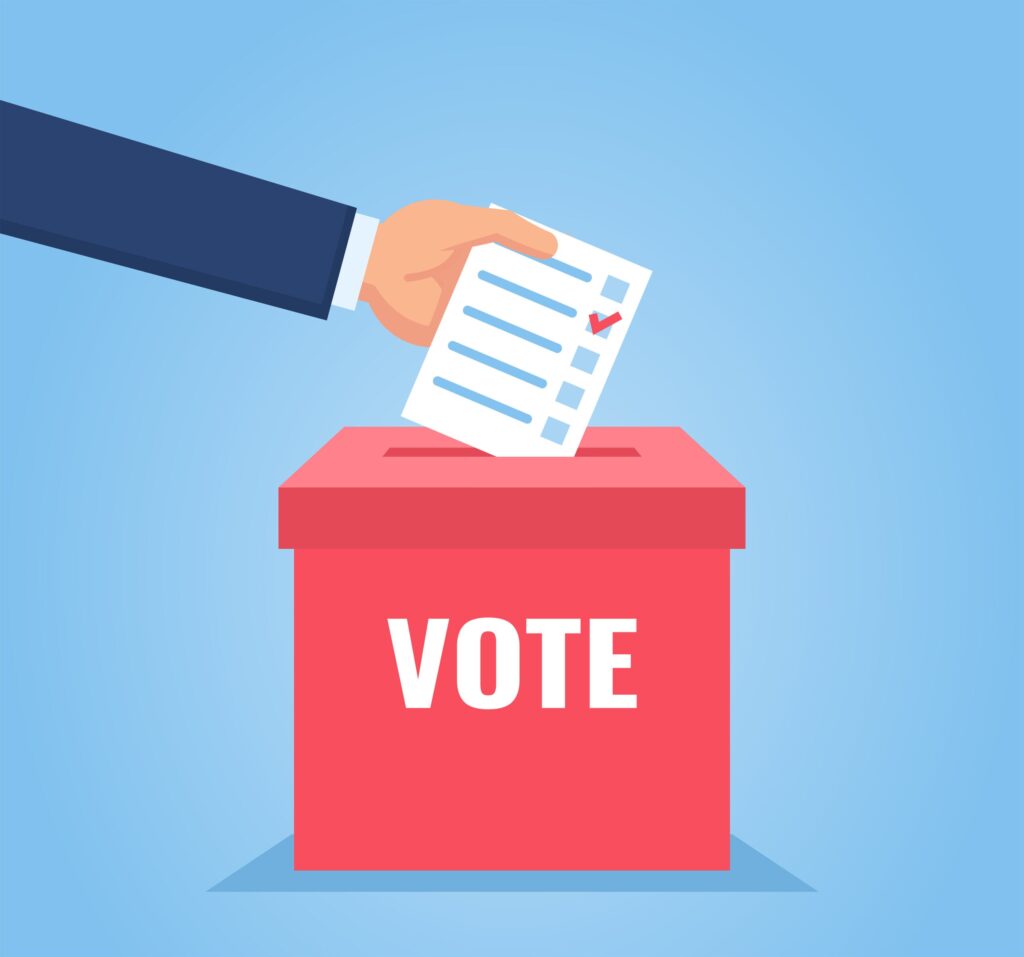As far as we know, there are no degree programs for how to create e-mail newsletters. But it’s an art that should be studied.
In their eagerness to get their sales message across, many firms ignore basic design and technical rules.
Here are some e-mail tips from Geoff Smith, managing director of online product develop for Prism Business Media, the publisher of this e-zine.
The top challenges:
1. Preview Panes
The preview pane is critical. Nearly half of all e-mail users look at the first few lines to decided if they want to continue reading. A third read the whole message.
Factors that influence preview pane readership:
*Sender name/address – 60%
*Subject line – 54%
*Headline – 53%
*Teaser copy – 30%
Remember the following if you want to make optimal use of the preview pane:
*The most valuable real estate is the top two-to-four inches of your e-mails, or approximately 300 pixels.
*Since most preview panes are horizontal, a wider message ensures more visible content.
*Subject lines and the top of the e-mail must be complimentary and work together—but not the same thing.
*Include actionable links and the most critical information at the top of the e-mail.
2. Design
*Avoid large graphics in the top 300 pixels.
*View e-mails with graphics blocked or missing to see how it impacts design.
*Use HTML text in place of graphical text.
*Use ALT text or captions with images, so if graphic is blocked user can still see text.
3. Subject Lines
*Create a hook within subject lines—make someone curious so they’re more likely to open.
*Support the call to action in subject lines.
4. E-Mail Copy
*Write copy with design requirements in mind.
*Optimize for 700 px width (10 words per line is preferred width for online readers).
*No more than three sentences to a paragraph.
*Know the approximate size (H X W) of any embedded images to avoid text wrapping issues (i.e., one word on a given line).
*Insert embedded (inside paragraphs) links throughout—the more the better.
*Hotline words in addition to URLs.
*Avoid overuse of “click here.”
*Put the call to action at the top.
5. Landing Page Optimization
*Get rid of the clutter. MarketingSherpa reports that you have “0-8 seconds to convince visitors this page is for them and them alone.”
*Less scrolling is better—no scrolling is best.
*66% of experienced marketers are increasing the use of campaign-specific landing pages.
6. Technical Considerations
*Inboxes will accept e-mail up to 100k.
*E-mail creative should be no wider than 700 pixels.
*Only inline style sheets or regular HTML should be used to format text.
*Do not use JavaScript since most e-mail clients will not accept it.
*Forms are not recommended, but can be used if the mailing doesn’t include AOL or Hotmail users. Even then, the form should be very basic and not employ JavaScript.
*Creative can be coded using colspans, but it is recommended you use a stacked table structure since it is more stable across all e-mail clients.
*Only Outlook can accept a Flash e-mail, so do not use it across all e-mail clients.



